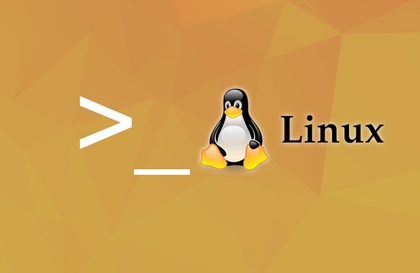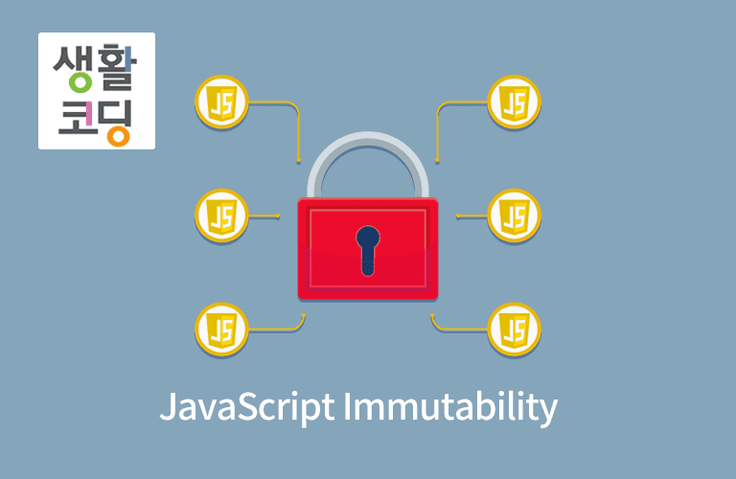
생활코딩 - Linux
Egoing Lee
본 수업에서는 리눅스의 사용법을 다룹니다. 특히 초심자들이 어려워하는 부분이 명령어를 이용해서 컴퓨터를 제어하는 법입니다. 여기서는 초심자가 명령어를 사용하는데 필요한 가장 보편적인 규칙을 최소한으로 다룹니다.
초급
Linux
This is a JavaScript-related lecture provided by Life Coding. It is a class on how to handle data immutably in JavaScript.

How to handle data immutably in JavaScript
Differences between how primitive data types and objects behave
How to clone an object
How to modify a clone without modifying the original object
Life Coding's JavaScript Immutability course covers how to handle data immutably in JavaScript. Targeted at learners familiar with basic JavaScript syntax, this course explores how to prevent data corruption by making it immutable.
This course covers the following topics:
The following is not covered:
Treating data immutably significantly reduces the likelihood of bugs caused by interference between data. It also makes it much easier to check whether data has changed. It also serves as the foundation for implementing advanced techniques like hot module reloading and time travel.
If you can predict the results of all the code below, you don't need to take this class.
var n1 = 1;
var n2 = 1;
console.log(n1 === n2);
=> It is true. Of course.
var o1 = {name:'kim'}
var o2 = {name:'kim'}
console.log(o1 === o2);
=> false . It's a bit ambiguous. JavaScript treats primitive data types, which don't change, differently from objects, which can.
var o1 = {name:'kim'}
var o2 = o1;
o2.name = 'lee';
console.log(o1.name);
=> This is lee. o1 doesn't even know English and the value of the name it is pointing to has changed.
var o1 = {name:'kim'}
var o2 = Object.assign({}, o1); // Copy o1 to an empty object.
o2.name = 'lee';
console.log(o1.name);
=> This is Kim. Changing o2 does not affect o1. This allows o1 to remain invariant with respect to o2.
var o1 = {score:[1,2]}
var o2 = Object.assign({}, o1);
o2.score.push(3);
console.log(o1.score)
=> [1,2,3]. I don't know English, so o1 changed again. This is because score is an array, which is a type of object.
var o1 = {score:[1,2]}
var o2 = Object.assign({}, o1);
o2.score = o2.score.concat(); // Copy the array.
o2.score.push(3);
console.log(o1.score)
=> [1,2].
There is another way: copy everything.
var o1 = {score:[1,2]}
var o2 = JSON.parse(JSON.stringify(o1));
o2.score.push(3);
console.log(o1.score)
=> [1,2].
It's a good idea to be careful not to change the original, but it's also possible to prevent the original from changing at all.
var o1 = {name:'kim'}
Object.freeze(o1);
o1.name = 'lee';
console.log(o1.name);
=> It's 'kim'.
But objects don't do this.
var o1 = {score:[1,2]}
Object.freeze(o1);
o1.score.push(3);
console.log(o1.score);
// [1,2,3].
Defensive freezing is required.
var o1 = {score:[1,2]}
Object.freeze(o1);
Object.freeze(o1.score);
o1.score.push(3);
console.log(o1.score);
// It doesn't change. It even causes a protest error.
To take this course, you need the following prerequisite knowledge:
(You can study either one.)
This is a one-hour class consisting of 12 videos.
.jpg?w=960)
This lecture is licensed under a Creative Commons license and can be viewed at the link below.
https://opentutorials.org/module/4075 I would like to thank Life Coding for sharing valuable knowledge.
Who is this course right for?
For those who want to handle data immutably and reduce the possibility of bugs
Anyone who wants to build a foundation for implementing advanced JS techniques
Need to know before starting?
JavaScript
NodeJS (optional)
All
12 lectures ∙ (1hr 0min)
6. Copy of an object
04:14
All
97 reviews
Free
Check out other courses by the instructor!
Explore other courses in the same field!